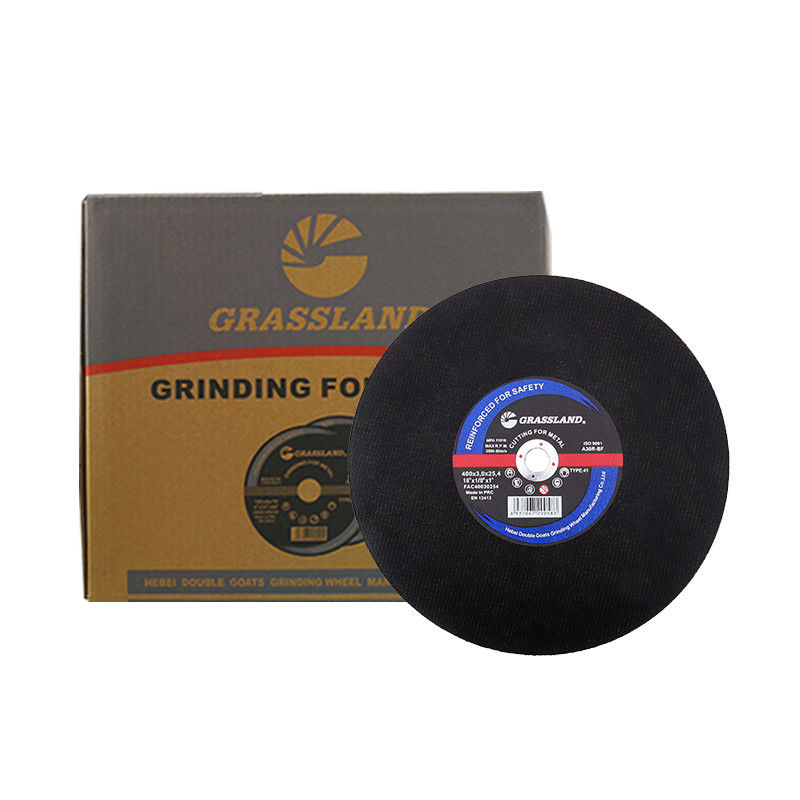Understanding the Grinding Wheel Hub An Essential Component in Machining
The grinding wheel hub is a crucial component in the world of machining and manufacturing. As industries increasingly rely on precision and efficiency, understanding the role of the grinding wheel hub and its significance is more important than ever.
What is a Grinding Wheel Hub?
A grinding wheel hub is the central part of a grinding wheel that connects the wheel to the machine spindle. It is typically made of robust materials such as steel or aluminum, designed to hold the grinding wheel securely while allowing for smooth rotation at high speeds. The hub serves not only as a mounting base but also as a stabilizing element that helps maintain the integrity of the grinding wheel during operation.
The Importance of the Grinding Wheel Hub
The grinding wheel itself is tasked with the heavy-duty job of removing material from a workpiece, whether it be metal, wood, or another material. For the grinding wheel to function effectively, the hub must provide a strong and stable platform. Any vibrations, misalignments, or imbalances caused by an inadequate hub can lead to poor grinding results, shortened tool life, and even dangerous situations where the grinding wheel can shatter.
Moreover, the grinding wheel hub plays a role in the overall heat dissipation during the grinding process. Excessive heat can lead to thermal damage to both the grinding wheel and the workpiece. A well-designed hub can enhance heat transfer away from the grinding area, maintaining optimal working conditions.
Types of Grinding Wheel Hubs
There are several types of grinding wheel hubs, each suited to specific applications. Some common types include
grinding wheel hub

1. Flanged Hubs These hubs feature a flange that provides additional support and stability. They are commonly used in applications requiring higher radial forces.
2. Threaded Hubs These allow for easy attachment and detachment of grinding wheels, making them ideal for quick change operations.
3. Tapered Hubs Designed to fit specific taper angles, these hubs can improve load distribution and enhance stability during grinding.
4. Diamond Grinding Wheel Hubs Specifically designed for diamond grinding wheels, these hubs can accommodate the unique requirements of diamond abrasives, providing enhanced performance.
Maintenance and Care
Proper maintenance of the grinding wheel hub is essential to ensure longevity and optimal performance. Regular inspections should be conducted to check for any signs of wear, damage, or misalignment. Lubrication should be applied as necessary to reduce friction and prevent overheating.
Additionally, it is important to ensure that the grinding wheel is mounted accurately to prevent any imbalance. Using proper tools and techniques during the installation process can help achieve the best results.
Conclusion
In summary, the grinding wheel hub is a vital element in the grinding process, serving as the connection point between the grinding wheel and the machine spindle. Its design and maintenance significantly impact both the efficacy of grinding operations and the longevity of the equipment used. As we advance into an era of increased automation and precision engineering, the importance of understanding and maintaining every component of the machining process, including the grinding wheel hub, cannot be overstated. Proper attention to this often-overlooked part can lead to improved efficiency, enhanced safety, and better-quality results in machining applications. Whether you are a seasoned machinist or just starting in the field, taking the time to understand the grinding wheel hub will undoubtedly pay off in your quest for precision and excellence.
Post time:Dec - 05 - 2024

















